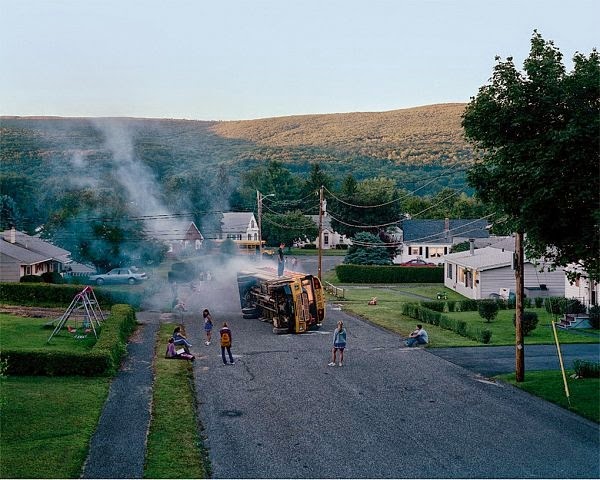Week 1
Camera Use
What is photography and what does it mean to you?
Photography is the art or process of producing images. Lighting is everything in photography. In photography you are capturing light into an still image. Lighting is basically all about trying to best capture the light we see that reflects back off our subject.
Photography is my passion, and what I love doing. I love capturing moments that can last you a life time. I can capture family history that would last them forever. I could just stand there and take millions of photos of the same thing. You can be creative and take a whole bunch of photos and it can look completely different to one another. I love that it's given me a whole new outlook on our world. I used to just walk around the street and never really pay attention to my surroundings, but now it's as if my eyes have been reopened.
I once took a photo of an ordinary building, when I finished editing it on light room I shared it with a few of my friends. A lot of the comments were like 'Wow, where was this photo taken?' most of those people have walked past that building a millions of time as it's in Auckland City. You see the world in a different view when you're a photographer. It's also like taking little pieces of the world for yourself and turning into what ever you like.
You get to capture real life, memories, moments and random moments that are priceless.
I love that I can express myself through images, and the art of life. I am truly happy person when the camera is in my hands.
It's my way to express, to talk without words, and the way to be creative.



















